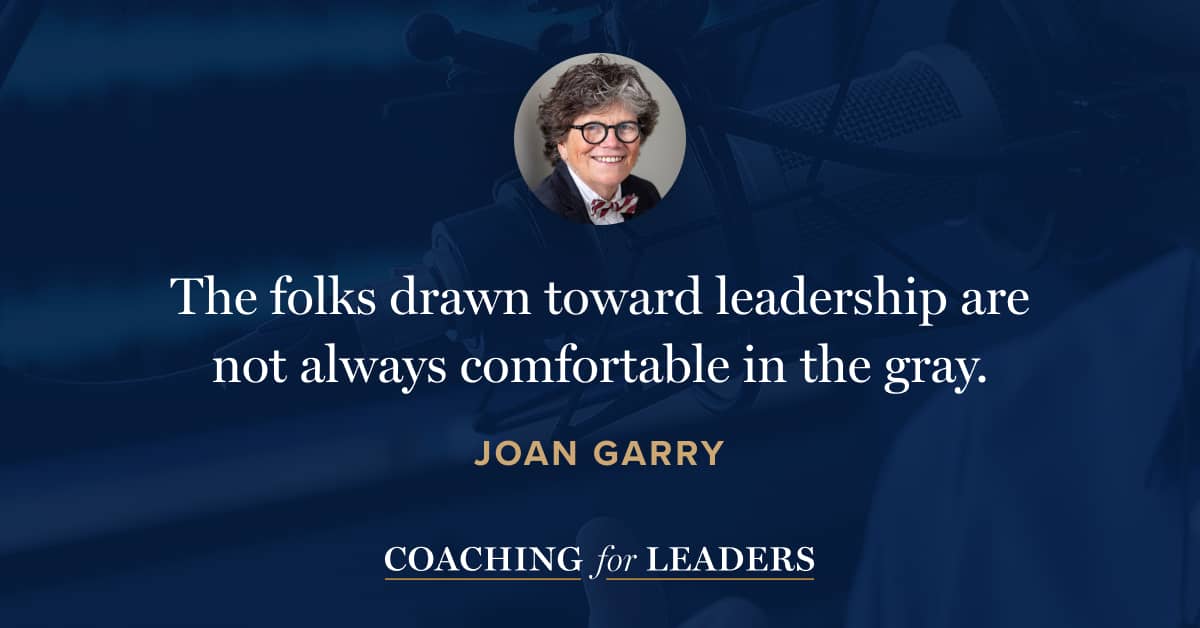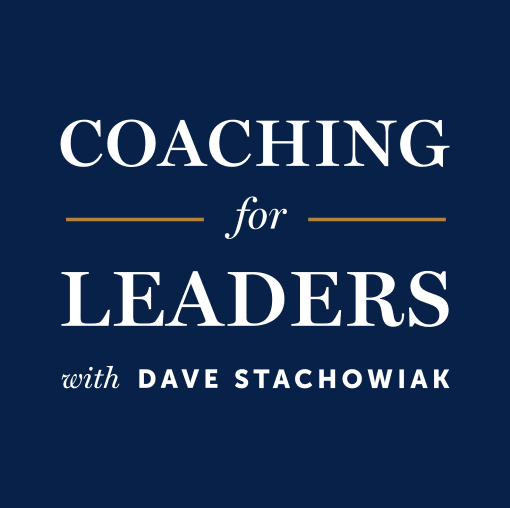Joan Garry: Guide to Nonprofit Leadership
Joan Garry is an internationally recognized champion for the nonprofit sector and a highly sought after executive coach for CEOs at some of the largest organizations. Joan’s firm offers high-end strategic advisory services with a unique combination of coaching and management consulting. She is the founder of the Nonprofit Leadership Lab, a worldclass online educational membership organization for board and staff leaders of small nonprofits.
As a columnist for the Chronicle of Philanthropy, contributor to Harvard Business Review and to Forbes, Joan is a preeminent media spokesperson and thought leader on the role of the nonprofit sector in our society and is a sought after voice on issues facing the sector today. Joan was previously executive director of GLAAD, one of the largest gay rights organizations in the United States. She is the author of Joan Garry's Guide to Nonprofit Leadership: Because the World is Counting on You*.
When thinking about executives interacting with boards, the first thought I used to have was that an executive’s job is keep the board happy. In contrast, the most effective executives are intentional about creating a for framework for shared leadership. In this episode, Joan and I discuss key lessons from the non-profit world to help align better with your board.
Key Points
- The relationship between an executive director and board chair in one of the most critical ones for an organization. Shared leadership provides more opportunity today than hierarchy.
- Many “type A” people are in leadership roles. Getting clear on who decides what is critical because “type A” people don’t tend to operate well with ambiguity.
- Focus on getting clarity and aligned on one thing at a time to avoid overwhelming the decision-making progress. Use a recent example as a catalyst to begin this process.
- Executive directors should encourage boards to think and work at altitude so they get beyond only doing risk management.
- It’s not enough to expect a board chair or member to want to “give back” — more important is to understand why they want to give back to this organization specifically.
Resources Mentioned
- Joan Garry's Guide to Nonprofit Leadership: Because the World is Counting on You* by Joan Garry
- Nonprofit Leadership Lab
Interview Notes
Download my interview notes in PDF format (free membership required).
Related Episodes
- How to Involve Stakeholders in Decisions, with Eric Pliner (episode 586)
- How to Start a Big Leadership Role, with Carol Kauffman (episode 617)
- How to Start Better With Peers, with Michael Bungay Stanier (episode 635)
Discover More
Activate your free membership for full access to the entire library of interviews since 2011, searchable by topic. To accelerate your learning, uncover more inside Coaching for Leaders Plus.





